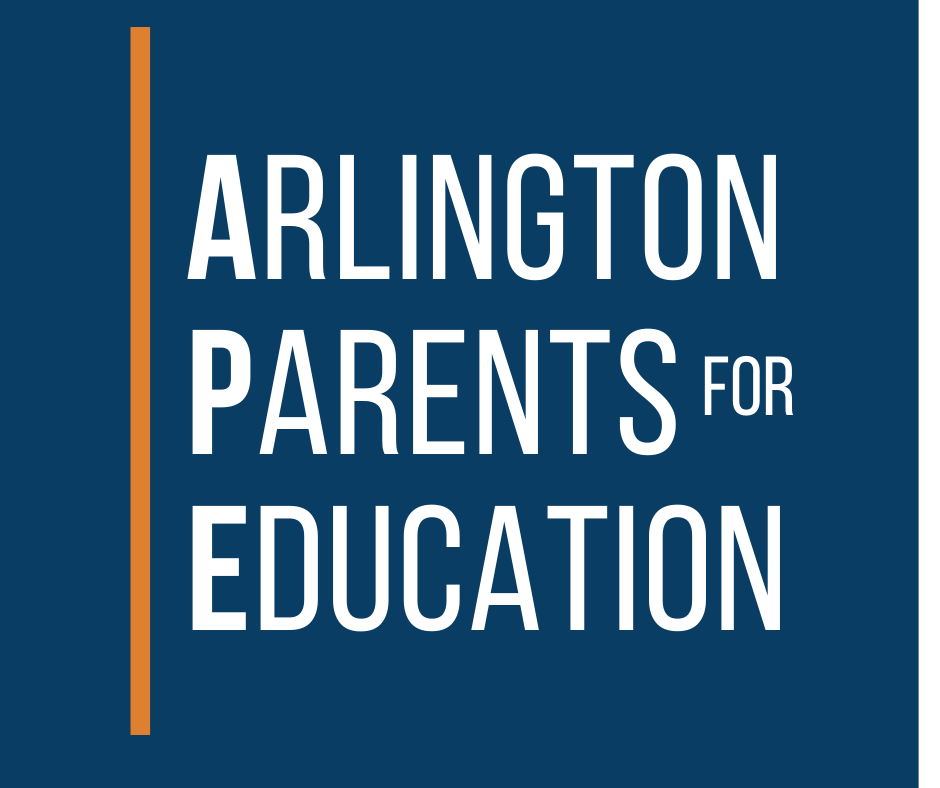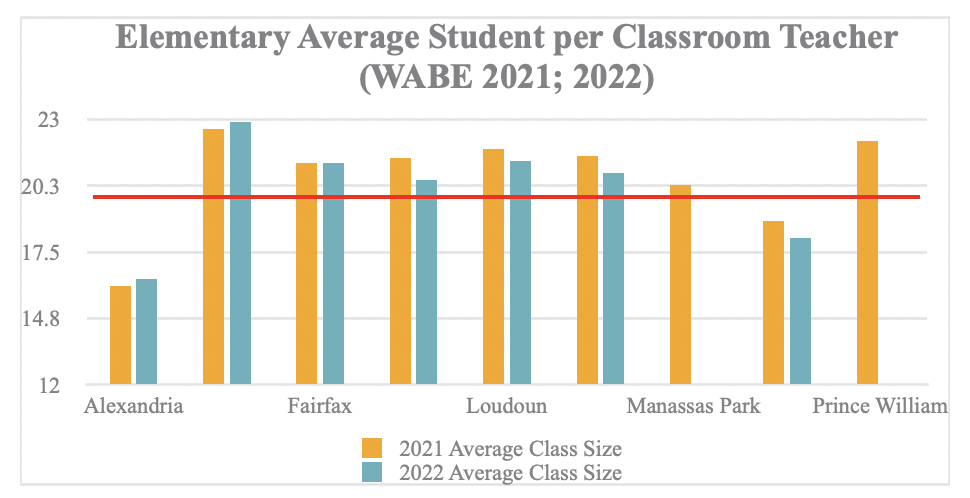Report // January 2022
APS Should Reduce Class Sizes: A Critical Success Factor
Key Takeaways
Importance of Class Sizes: Research shows that smaller class sizes are one of the few reforms proven to improve student achievement, and is particularly important in the earliest grades and for those students from less advantaged backgrounds.
APS Elementary: APS’ class sizes are larger than the average of our regional peers in elementary schools, and that differential is increasing.
APS Secondary: The average class size for APS middle school classes that have SOLs increased over the school years between 2018-2020, and APS has also seen a recent increase in the number of middle and high-school classes with class sizes of 27 students or more.
APS Planning Factors Increasing: APS has been balancing its budget in recent years by increasing its planning factors for the number of students per class. This has not negatively impacted average class sizes in the last two years because APS overestimated school enrollment due to COVID. When APS adjusts its budget (and staffing) to account for the reduced enrollment, the higher planning factors will lead to larger class sizes on average.
APS Should Significantly Lower Planning Factors: APS should reduce the planning factors for the 2022-23 school year at the elementary school level by 3 students per class, with a similar decrease in 2023-24. At the secondary level, APS should reduce the planning factor by 1 student for the 2022-23 school year, and should supplement its class offerings in those subjects (and at those schools) where class sizes regularly exceed 27 students.
APS Can Budget for These Reductions Without Detrimental Tradeoffs. Based on last year’s planning estimates, the proposed reduction in class sizes for 2022-23 can be achieved at a cost of $6.6M (less than 1% of APS’ budget). These reductions can be made together with teacher pay raises by using a portion of our close-out funds and/or by finding savings from non-student-facing positions at APS.

